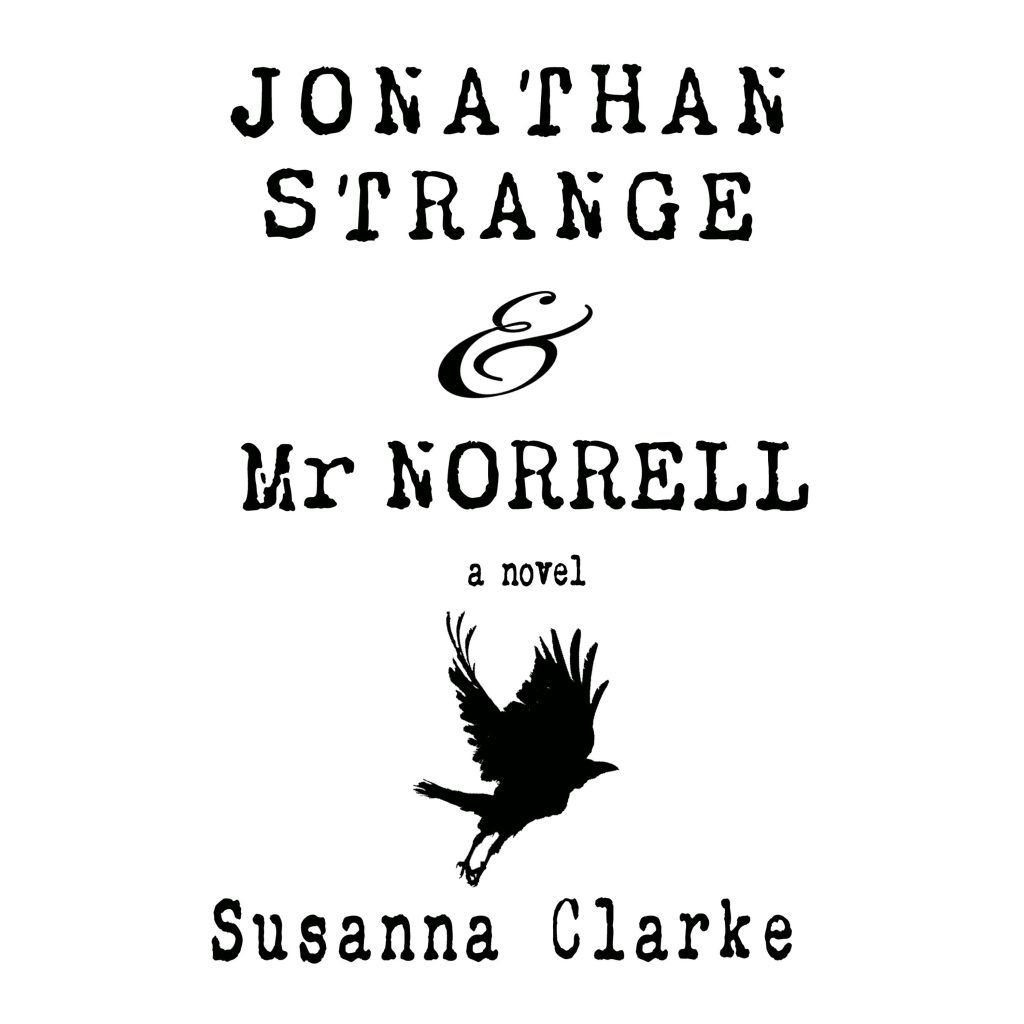Simply stated—and with no reservation whatsoever—Jonathan Strange & Mr Norrell is, in my opinion, the finest novel published in 2004. Not just the best fantasy novel, but the best fictional novel, full stop. Susanna Clarke’s debut is a triumph that transcends the genre, bypassing the bulk of contemporary fantasy mired in mediocrity and earning its place alongside modern classics such as China Miéville’s Perdido Street Station and Neil Gaiman’s American Gods.

Even Gaiman himself offers the highest praise:
“Jonathan Strange and Mr Norrell is unquestionably the finest English novel of the fantastic written in the last 70 years.”
The novel was released amidst considerable pre-publication hype, unusually intense for a fantasy title. Some even dubbed it “the next Harry Potter.” But this comparison is superficial at best and misguided at worst. Aside from coincidental similarities—both authors are English, share a publisher, and feature London as a setting—Clarke’s novel differs entirely in theme, scope, tone, and audience. This is no slight to Rowling, whose work I also admire, but Jonathan Strange & Mr Norrell is playing a different game entirely.
Frankly, I expected disappointment. Hype often leads there. (See: Eragon—a novel so derivative and clumsily written it nearly made me lose faith in early reviews altogether.) But Jonathan Strange & Mr Norrell proved me completely wrong.
Magic, Reimagined
Clarke sets her tale in early 19th-century England, a period in which magic has faded into folklore and dusty books. Enter Mr. Norrell, perhaps the last true magician in England, determined to restore English magic to its former glory. He is soon joined by the younger, more charismatic Jonathan Strange, whom he reluctantly takes as a pupil. Together—and later, apart—they shape the fate of magic in Britain.
What distinguishes Clarke’s magic from other fantasy works is its texture: it’s scholarly, mysterious, and intricately documented. Through clever footnotes and fictional histories, Clarke builds a rich academic mythology that gives her world both grandeur and depth. The use of footnotes is not a gimmick but a masterstroke, adding layers of anecdote and world-building that never distract from the main narrative.
The land of Faerie—coexisting with England—is portrayed with awe and menace, presided over by the enigmatic Raven King, John Uskglass. His eventual appearance in the novel is one of the most jaw-dropping entrances in modern literature. Magic here feels ancient and dangerous, not just a convenient tool but a force of nature.
A Historical Fantasy That Breathes the Past
Clarke’s reimagining of Regency-era England is exemplary. She integrates the Napoleonic Wars, Georgian architecture, fashion, and social hierarchies so seamlessly that the setting becomes as alive as the characters. Her prose is elegant and carefully styled to reflect the period—but never overwrought. It evokes Austen and Dickens in tone, but never imitates. This is pastiche elevated to artistry.
Historical figures such as Lord Byron, the Duke of Wellington, and King George III appear not as background props but as vivid, active characters. Byron’s presence is particularly clever: Strange himself is a Byronic figure, and Clarke winks at us through footnotes noting Byron later wrote a poem about Strange. The use of Wellington, whom Strange aids at Waterloo, is equally satisfying and purposeful.
A Cast of Contrasts
The novel boasts one of the most memorable and original casts in fantasy literature. There’s Childermass, Norrell’s tarot-reading, enigmatic assistant; Stephen Black, a butler drawn into the orbit of the sinister faerie known only as “the man with the thistle-down hair”; Vinculus, a ragged street magician with more power than he seems; and, of course, the ever-present, ever-elusive Raven King.
Norrell and Strange themselves are written as foils—Norrell cautious, conservative, and secretive; Strange bold, romantic, and experimental. Their divergent philosophies on magic, and particularly on the legacy of the Raven King, are central to the novel’s tension. Where Norrell wishes to erase Uskglass from magical history, Strange reveres him. This ideological split—conservative vs. progressive, rational vs. mystical—is what ultimately drives the story’s emotional and philosophical weight.
Pacing, Patience, and Payoff
Some readers complain of a slow start, and I concede there’s truth to this. The novel opens in Yorkshire—not London—and Clarke takes her time building a world where magic is long dead. But I believe this choice is necessary. The eventual reintroduction of magic becomes all the more awe-inspiring precisely because of the painstaking setup. Clarke is laying a foundation, and it pays off.
Any concerns about pacing vanish in the second half, which gallops toward one of the most vivid and rewarding conclusions I’ve ever read. The resolution reframes the central debate of the novel—control vs. chaos, tradition vs. freedom—and does so with remarkable elegance.
A Modern Classic
I wouldn’t recommend this novel to readers seeking nonstop action or formulaic fantasy. While there are dazzling spells and gripping scenes—particularly Strange’s interventions in the Napoleonic Wars—the novel’s true power lies in its atmosphere, its language, its ideas.
Some criticisms I’ve encountered seem like the kind leveled only at works that reach too high: nitpicks meant to comfort those whose favorites fall short in comparison. But this book sets a new standard. It is today’s fantasy at its highest level.
Whether you call it a masterpiece of speculative fiction, a literary tour de force, or simply a brilliant novel—it earns every accolade. That it stands alone, yet feels part of a much larger mythology, makes it even more impressive. If there is more to come from Clarke in this world, all the better. If not, this book is enough.
Jonathan Strange & Mr Norrell is a landmark in modern fantasy. Imaginative, intelligent, haunting, and wholly original. One of the finest novels of the 21st century, in any genre.